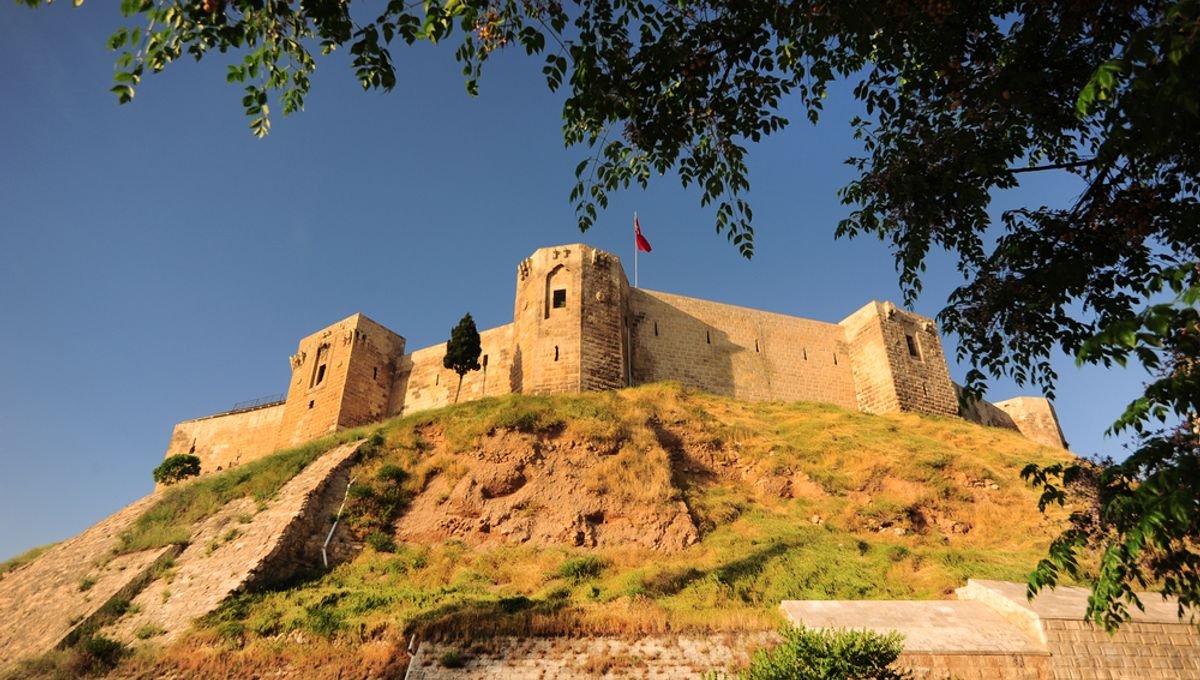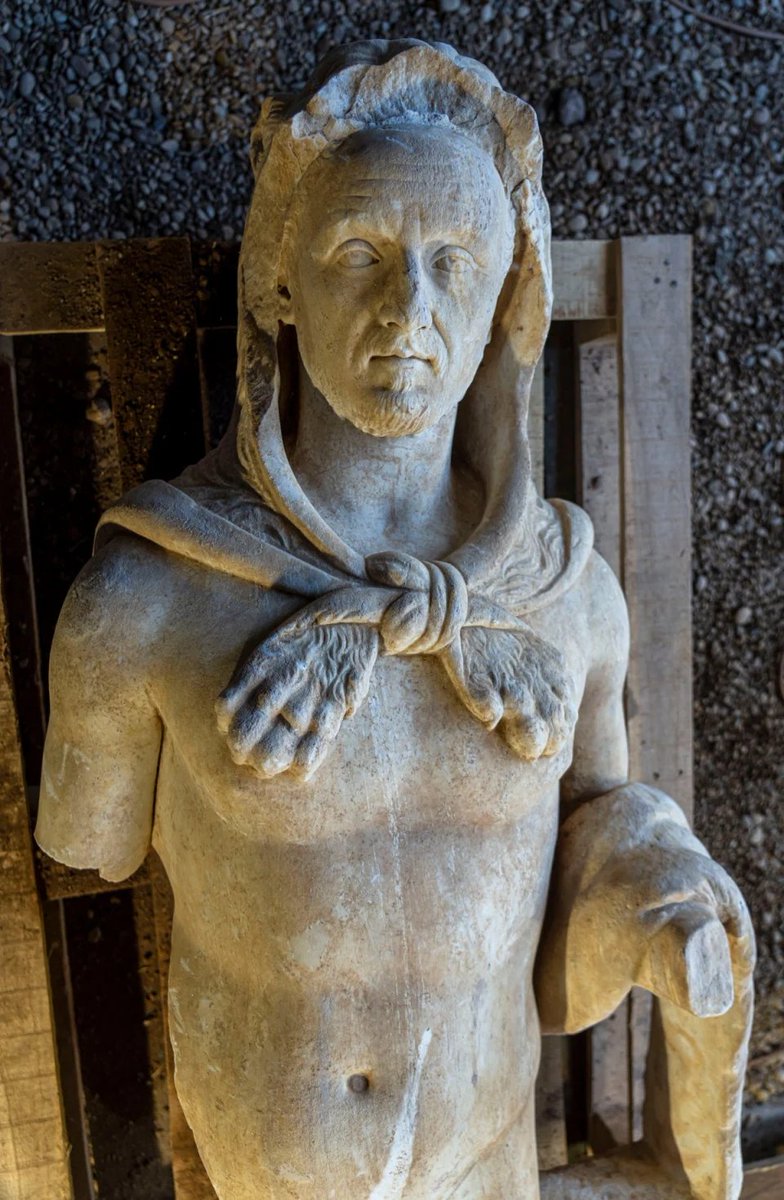
1. Unexpectedly, I've been asked today to discuss the damage made by the #earthquake to #Gaziantep Castle in #Turkey. The impressive structure started to emerge in the 2nd c. (Antonines, Severans), later being significantly expanded by Byzantine Emperor Justinian (482 – 565AD). 

2. In fact, Gaziantep mountain acted as the stronghold much earlier - the first fortress was built here by the Hittite Empire as a watchtower during the second millennium BCE. It was also used during Middle Ages. Still, Roman-Byzantine construction is the core. 

3. Last year the castle was turned into the Gaziantep Defence and Heroism Panoramic Museum, showcasing artifacts from the Turkish War of Independence in the structure’s walls. 

4. The sources agree that the 7.8 magnitude earthquake heavily affected the structure on the 6th of Feb. "Some of the bastions in the east, south, and southeast parts of the historical Gaziantep Castle in the central Şahinbey district were destroyed"
edition.cnn.com/travel/article…
edition.cnn.com/travel/article…

5. But whilst some pictures show just the parts of the walls and two bastions damaged the others demonstrate that it looks like the earthquake has completely leveled the historic landmark, 1800 years old and fundamental to understand the regional history:
middleeasteye.net/discover/turke…
middleeasteye.net/discover/turke…

6. Hard to precisely estimate and the number of casualties still growing one will have to ask himself the question of what the destruction of Gaziantep Castle means from the perspective of cultural heritage protection and preservation.
https://twitter.com/OAanmoen/status/1622601937337081856?ref_src=twsrc%5Etfw%7Ctwcamp%5Etweetembed%7Ctwterm%5E1622601937337081856%7Ctwgr%5Ee5a4065ccd5e04013fdb497e70fbfc65a30f9532%7Ctwcon%5Es1_&ref_url=http%3A%2F%2Fadmin.iflscience.qa%2F
7. Again the answer is not unequivocal. On the one hand, we feel that due to the brutal action of natural forces, we are losing an important part of the heritage, which existed in the local landscape for ages, a historical document, resisting time and interacting with generations 

8. On the other hand, we must not forget that the fortress has been carefully documented, the media can overestimate its damage. Finally, the partial destruction can open the field for archaeological excavations - increasing our knowledge about the site
dailysabah.com/arts/gaziantep…
dailysabah.com/arts/gaziantep…
9. Last but not least, although cultural heritage is the inalienable good of humanity the loss of human lives in Turkey and Syria is dramatic. It will be possible to reconstruct the castle, possibly acquiring new information. But the lives lost are gone forever.
10. At the moment my deep condolences go to all the families of the victims and all injured. We have years to discuss the future of the Gaziantep Castle site. It is the other characteristic of the cultural heritage - it is often more resilient than individual life.
11. Which is both scary and consoling at the same time (no unequivocal answers tonight). It is so easy to cease human life, but it seems to be not so easy to completely destroy what we brought to this world and left here as the material remains, when leaving ...
• • •
Missing some Tweet in this thread? You can try to
force a refresh










